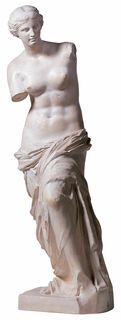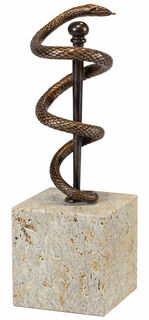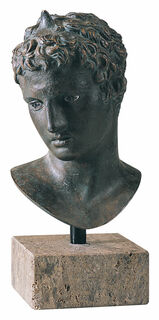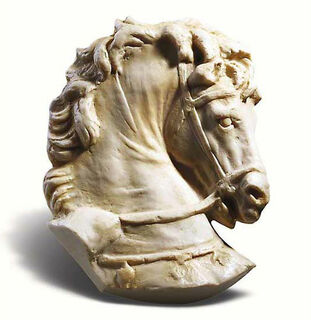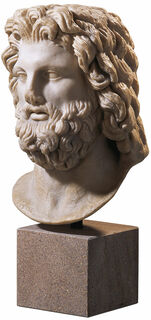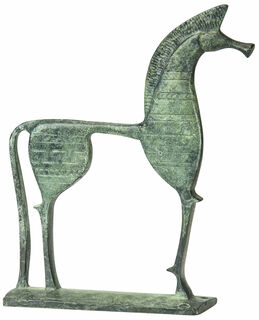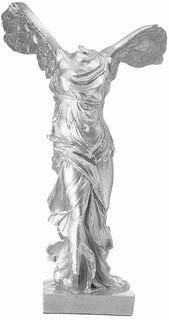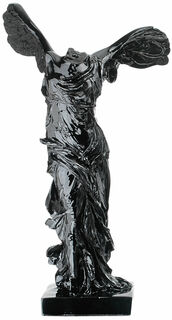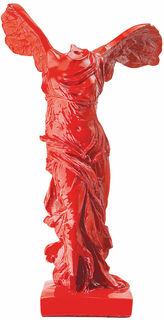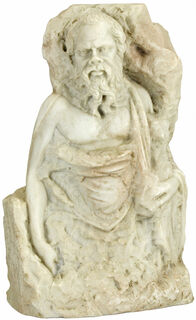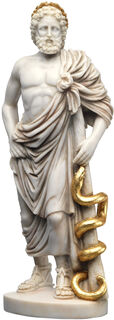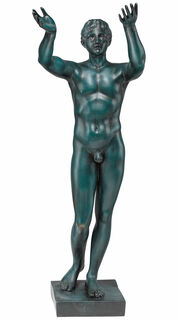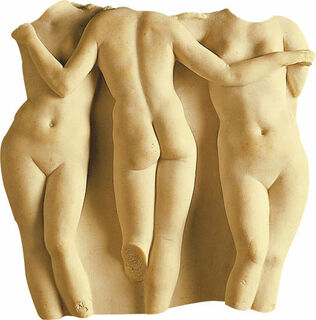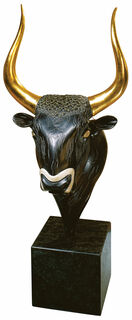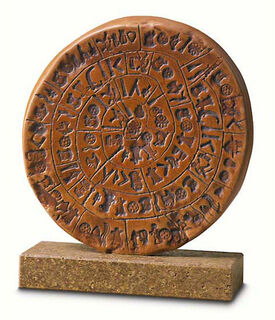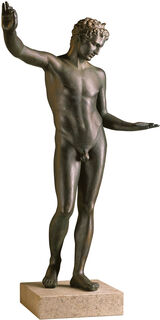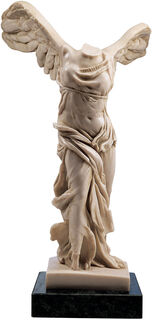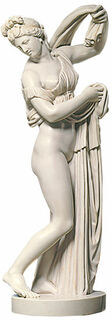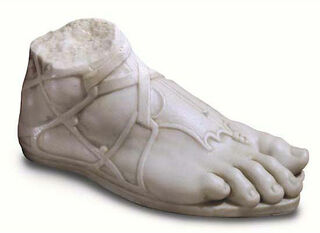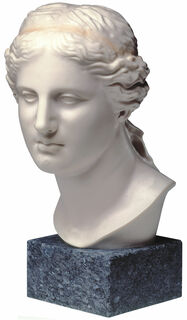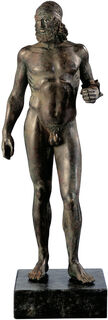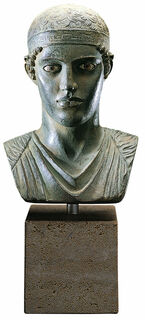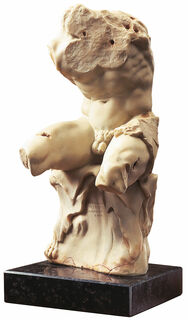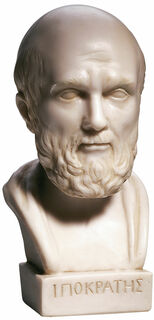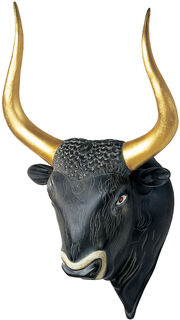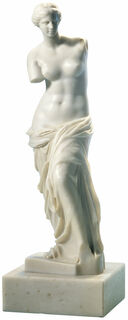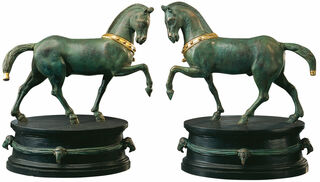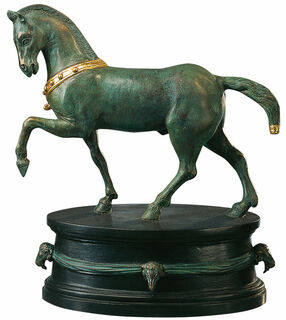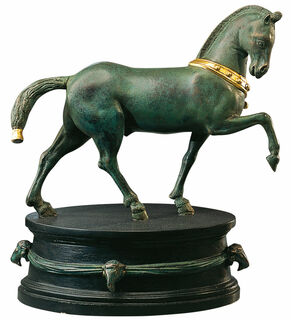Greek Sculptures
Greek statues - Icons of contemporary history
Sculptures, statues, reliefs, and busts from ancient Greece hold a significant status in art history. Some of the most famous works of art in the history of humankind date from around 1600 BC to 30 BC. This epoch would have a decisive influence on the development of art throughout Europe in the subsequent centuries. Even today, many contemporary artists draw on ancient stylistic elements and Greek artistic aesthetics in their works.
Busts, statues, and reliefs were very common in ancient Greece and held great importance to culture and society. They were commissioned to publicly honour and commemorate gods, rulers, and heroes, as well as athletes, scientists, or artists. Therefore, sculptures were present in many locations in the cityscape: Statues appeared in streets, public squares and gardens, busts were placed in private homes and public buildings, and reliefs adorned temples, altars, and tombs. However, the busts, portraits or faces of the statues usually did not reflect the actual appearance of the persons to be depicted. Instead, the design was based on fixed types and general categories such as age, origin, or social status. Various materials were used for creating Greek figures, such as stone, marble, bronze, wood, ivory, or clay. Usually, these works were painted colourfully afterwards. The perceived characteristic of white associated with ancient sculptures today is merely due to colours fading or peeling over the centuries.
From Mycenae to Hellenism - The Important Epochs of Greek Art and Sculpture
The phase of antiquity from which many of the widely known Greek busts, statues and reliefs originate, can be divided into four periods: Mycenaean, Archaic, Classical and Hellenistic. During the Mycenaean period, spanning from 1600 BC and approx. 1200 BC when Europe's first high culture developed in Greece, art also took its first significant strides. This period mainly produced remarkable craftsmanship such as precise metalwork, colourfully painted ceramics and fine jewellery. Sculpture played a somewhat subordinate role during this phase, focusing mainly on smaller figures and reliefs. However, with the Archaic era beginning around 800 BC, the free-standing, large sculptures we know today began to emerge. Among the best-known artworks of the Archaic era are representations of young men (Kuros) and young women (Korai). Their characteristics were an upright, frontal position, very ideal proportions, and considerable symmetry in the design. This design scheme persisted for several centuries. In the classical epoch from around 500 BC, this static leitmotif began to evolve. An increasing emphasis was placed on a design that aligned more with real human anatomy, portraying people in more natural postures. In addition, Greek statues increasingly showed sequences of movements seen in sports events or chariot races. In Hellenism from around 300 BC, sculpture exhibited a great stylistic and motivic diversity. The elaboration of the sculptures became increasingly detailed and realistic, and the figures were shown in dynamic and lively poses. As a motif, in addition to gods, rulers and heroes, the sculptors now also took up the life of the "common" people and showed scenes from everyday life.
Greek Statues, Busts and Reliefs at ars mundi
Numerous iconic motifs have emerged from the sculpture of ancient Greece, becoming icons of art history. Thanks to their historical background, beauty, and great symbolic content, they have retained their allure over many centuries up to the present day. Among the most important Greek statues are certainly the "Venus of Milo" and the "Nike of Samothrace", dating from the heyday of Hellenism. Also counted among the classics are depictions of Greek deities, such as the bust of Dionysus, the god of wine and fertility, the statue of Poseidon, the god of the sea, or the portrait of Asclepius, the god of healing. Artefacts depicting historical figures, such as a bust of Alexander the Great or the Mask of Agamemnon, are other popular motifs. These and many other Greek sculptures, Greek busts, and reliefs can be found in this section as high-quality and detailed reproductions.

